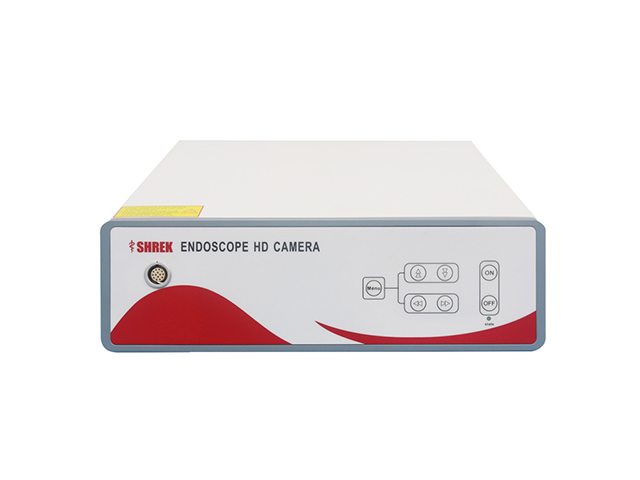SHREK NEWS
Application of endoscopic camera in ureteral lithotripsy

Endoscopic cameras are commonly used in ureteral lithotripsy procedures to visualize the urinary tract and guide the surgeon in removing kidney or ureter stones. Ureteral lithotripsy is a minimally invasive procedure that involves the use of an endoscope, which is a small flexible tube with a camera and a light at the end. The endoscope is inserted into the urinary tract through the urethra, and it is guided to the site of the stone by the surgeon.
During the procedure, the endoscopic camera allows the surgeon to view the urinary tract on a monitor in real-time, providing a clear view of the location and size of the stone. The camera also allows the surgeon to guide the instruments used to break up and remove the stone, such as laser or ultrasound devices.
The use of endoscopic cameras in ureteral lithotripsy has several benefits over traditional open surgery. The procedure is less invasive, which means that recovery time is shorter, and there is less pain and scarring. The use of endoscopic cameras also reduces the risk of infection and other complications associated with open surgery.
In summary, endoscopic cameras play a crucial role in ureteral lithotripsy procedures, allowing for precise visualization and guidance of the surgical instruments used to remove kidney or ureter stones, while minimizing the risk of complications associated with traditional open surgery.




